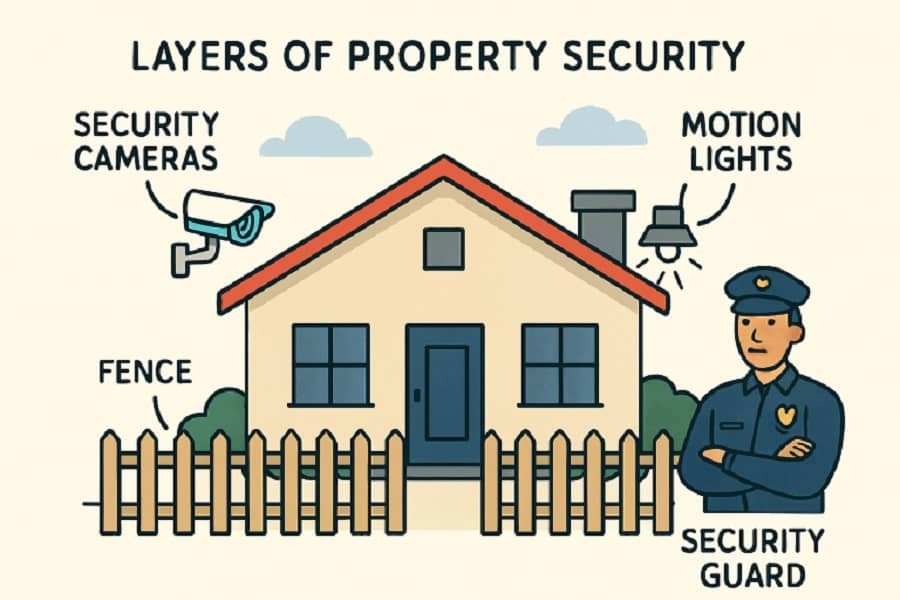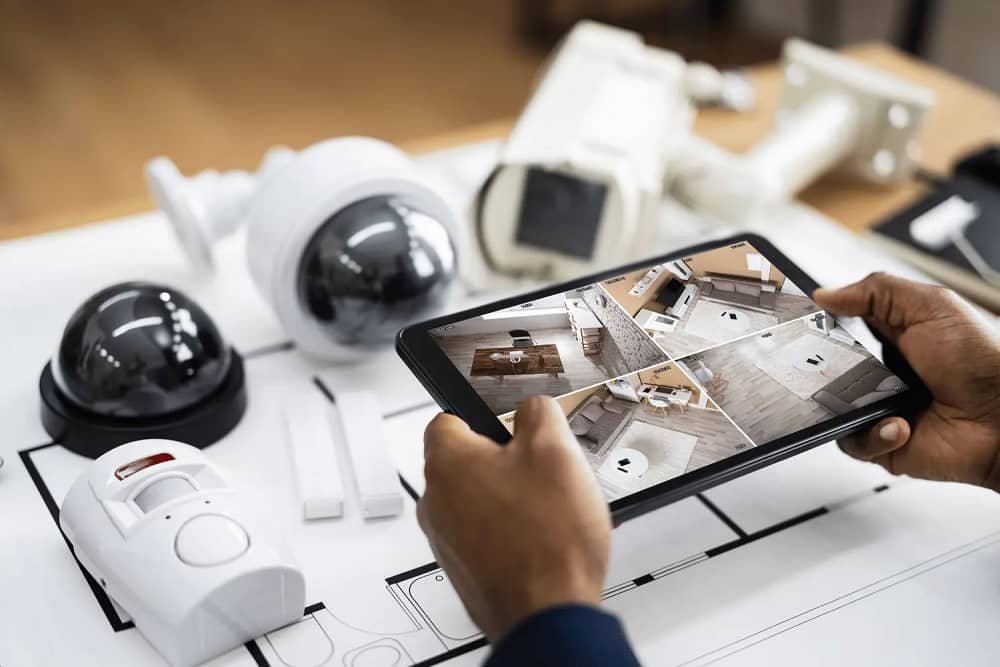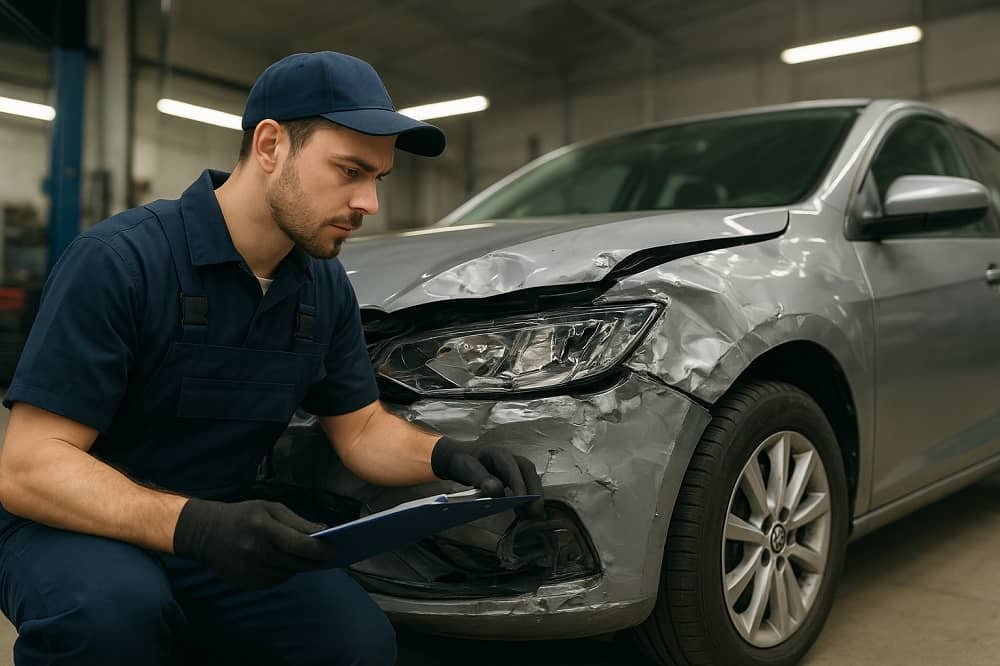Key Takeaways
- Integrating physical barriers with advanced technology enhances property security.
- Community engagement plays a crucial role in maintaining a secure environment.
- Regular assessments and updates to security measures are essential for ongoing protection.
Table of Contents
- Introduction
- Physical Barriers
- Advanced Surveillance Systems
- Smart Home Technology
- Community Involvement
- Regular Security Assessments
- Conclusion
Ensuring the safety and security of your property is increasingly important in today’s world, where new threats and challenges constantly emerge. A robust security strategy blends physical protection, advanced technology, and active community involvement. For property owners seeking comprehensive protection, partnering with a qualified security guard service can provide invaluable expertise and presence, serving as both a deterrent and a rapid response measure. Integrating technology with dedicated personnel like a professional security guard not only enhances the overall level of vigilance but also ensures that any security lapses are quickly identified and addressed. Property owners are encouraged to tailor their approach, combining time-tested tactics with innovative solutions to safeguard their assets from theft, vandalism, and other criminal activities.
Physical Barriers
Physical barriers remain the most basic yet vital line of defense for any property. Well-constructed fences and secure gates are not only visual deterrents but also physical challenges to would-be intruders. High-quality deadbolts and multi-point locking systems on doors and windows can significantly reduce the likelihood of forced entry. Additionally, techniques such as security grilles, shatter-resistant window films, and reinforced garage doors further strengthen physical protection. The effectiveness of physical barriers is maximized when they’re combined with thoughtful landscaping—trimmed hedges and motion-sensitive outdoor lighting, for example, can remove hiding spots and illuminate potential entry points. Routine maintenance, such as checking locks and repairing damaged structures, preserves the integrity of these barriers.

Advanced Surveillance Systems
Modern surveillance systems have revolutionized property protection. High-resolution security cameras with advanced features such as night vision, motion detection, and wide-angle lenses provide comprehensive coverage. Many systems can be connected to cloud storage, ensuring that video evidence remains accessible even if on-site equipment is compromised. Integration with mobile apps empowers property owners with real-time alerts and remote monitoring, allowing for prompt reaction to suspicious activity. The psychological effect of visible surveillance technology—cameras placed at entrances or in prominent locations—can also discourage criminal behavior. In multifamily properties or business settings, surveillance systems support broader safety goals by recording activity for later review and incident resolution. Visible cameras remain a proven deterrent when implemented as part of a layered security approach.
Smart Home Technology
Smart technology allows property owners to monitor and control various elements of their security systems remotely. Smart locks eliminate key duplication risks and enable temporary or permanent access controls through customized codes or smartphone applications. Smart lighting can simulate occupancy while away, deterring opportunistic criminals. Integrating security systems with other smart devices, such as smart thermostats or Wi-Fi-enabled sensors, ensures that property owners receive notifications about unusual temperature changes, broken windows, or leaks that could indicate a security breach. Many systems can also connect with emergency services, reducing response times in critical scenarios.
Community Involvement
An informed and engaged community is one of the most effective deterrents against criminal activity. Neighborhood watch programs encourage residents to look out for each other, report suspicious behaviors, and share information about recent security incidents. Working together, neighbors can notice patterns or threats that individuals might not detect alone. Regular community meetings, online alert systems, and shared security resources foster open communication and collaboration. Many successful neighborhood watch groups also partner with local law enforcement to host safety workshops, distribute crime prevention tips, and coordinate responses to security threats. The sense of shared responsibility improves the security and cohesion of the entire area.
Regular Security Assessments
Regular security assessments are essential to identify new vulnerabilities and ensure that existing measures remain effective. These evaluations should include physical inspections of locks, fences, lighting, and surveillance systems. It’s important to test alarms and ensure that all smart devices are up-to-date with the latest firmware and security patches. Security needs can evolve over time—new construction, changing neighborhood dynamics, or advances in criminal tactics all require property owners to revisit their strategies. Keeping informed about industry advances and consulting with experts or professional organizations helps in maintaining a high level of security.
Conclusion
Effective property security is built on a foundation of proven physical barriers, advanced technology, and engaged community partnerships. By continuously assessing and updating security measures while leveraging professional resources when needed, property owners can adapt to emerging challenges and enjoy peace of mind. Combining tradition with innovation will ensure ongoing protection in an ever-changing world.




